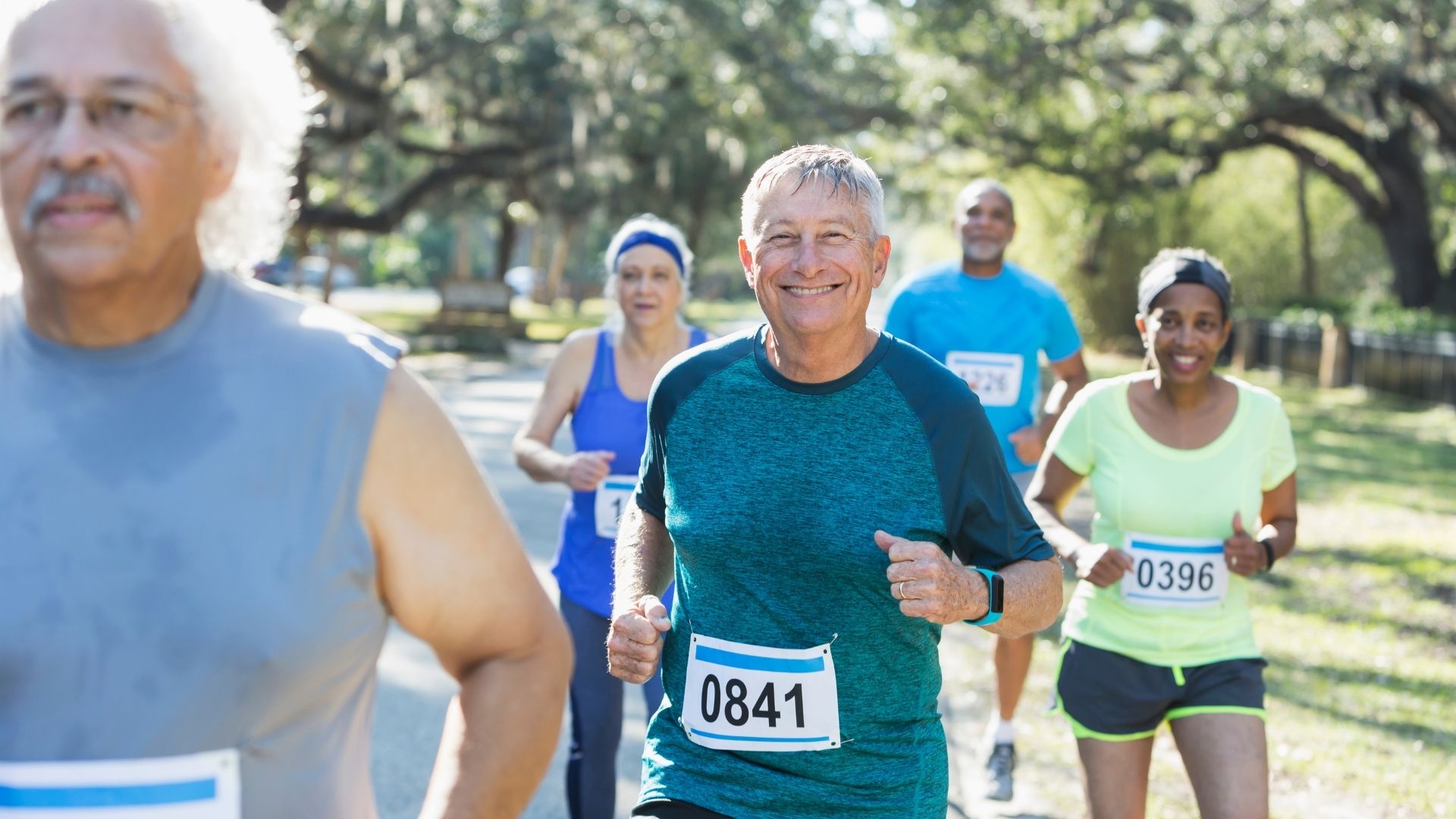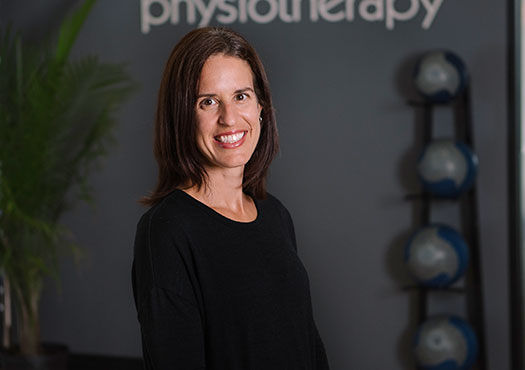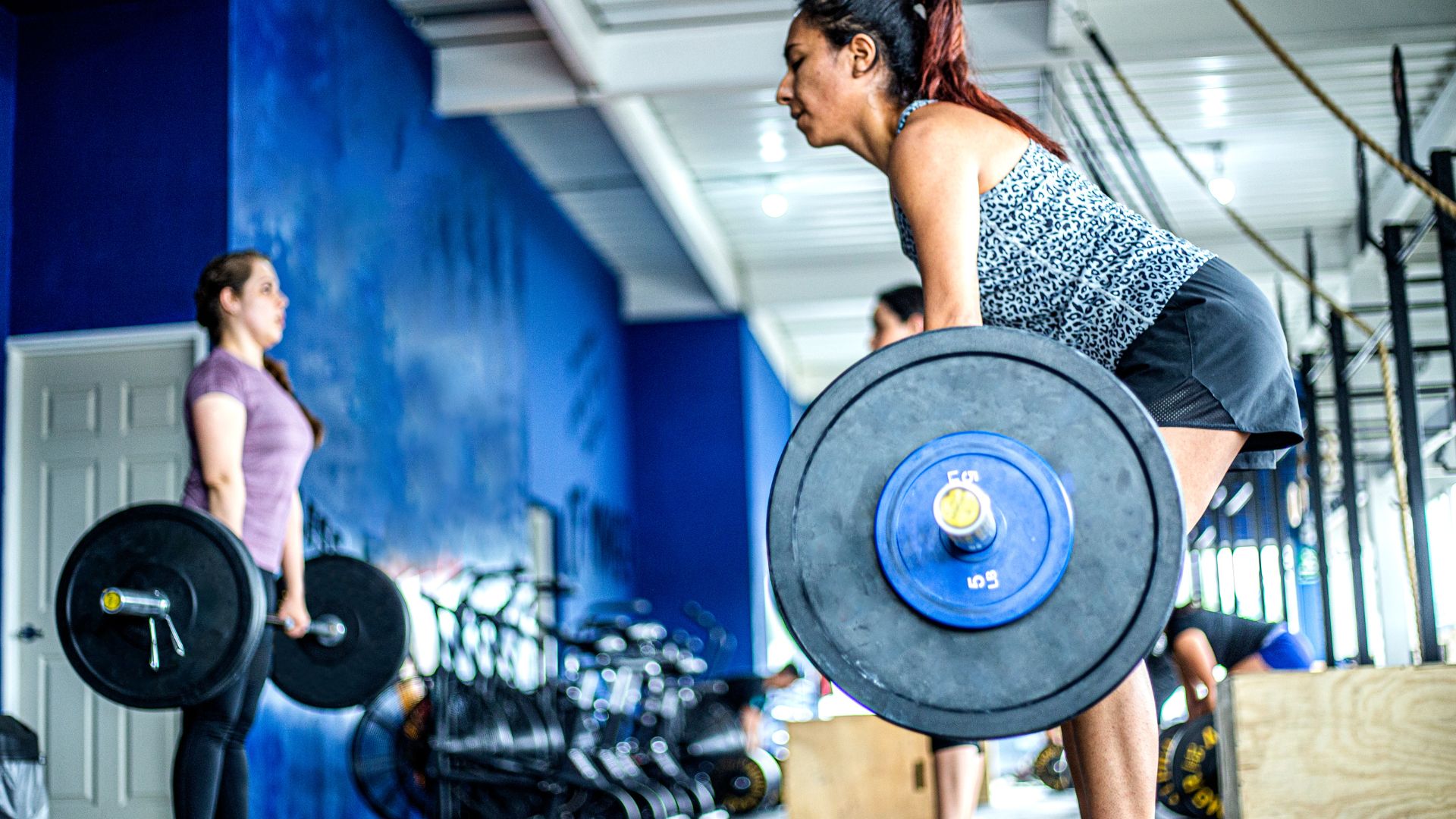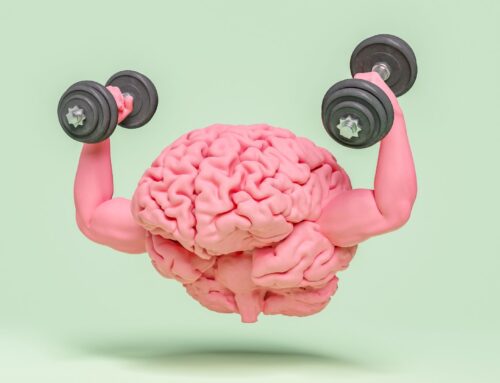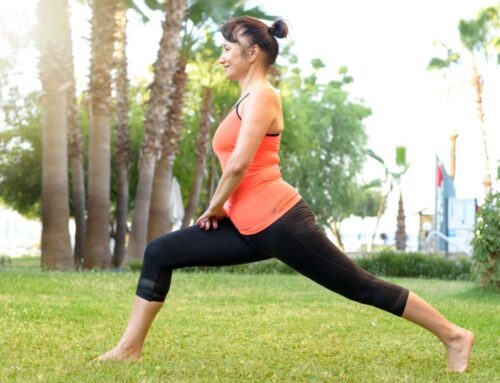As people continue to live longer, finding ways to stay active becomes increasingly important. Running is a great way to stay healthy at any age. Although certain physiological changes occur as we get older, running has numerous benefits in the aging population.
This article will explore how the body changes with aging, the benefits of running for seniors, potential injuries in the aging runner, and how to best train to avoid injury and optimize running performance.
Table of Contents
- The Normal Effects of Aging
- Benefits of Running for Seniors
- Potential Running Injuries for Seniors
- Training to Avoid Running Injuries
The Normal Effects of Aging
The normal aging process has effects throughout the body that can affect running. These processes include:
- Loss of bone density leading to increased risk of osteoporosis and stress fractures
- Cartilage in the joints become thinner making them more susceptible to damage
- Gradual loss of muscle mass and muscle strength[i]
- Change in chemistry of tendons leading to stiffness and decreased flexibility[ii]
Running as an older adult is also impacted by changes to the cardiovascular system affecting your heart and breathing. All of these changes can impact running performance and increase risk of injury.
Benefits of Running for Seniors
Running is a popular form of exercise that is easily accessible, affordable and can be done on your own or with people. Running is also a great way to meet your physical activity requirements and has numerous health benefits at any age. We also know that physical activity is one of the most important things you can do for your health. Regular exercise has been shown to:
- Reduce risk of cardiovascular disease and metabolic disease (reducing blood pressure, cholesterol and body fat)
- Improve cognitive function
- Improve balance and coordination reducing risk of falls
- Help maintain independence and quality of life[iii]
Running for seniors has also been shown to have specific health benefits. For example, one study found that runners over the age of 65 were more efficient in their walking than non-runners.[iv] This is important as walking ability is key in maintaining independence as we age.
Another study found that running provides significant health benefits for the prevention of chronic diseases and premature mortality regardless of sex, age, body weight, and health conditions.[v] Running has a positive impact on both the quantity and quality of your life as you age.
Potential Running Injuries for Seniors
Running injuries often involve overuse type injuries. Regardless of age, approximately 80 percent of running related injuries are due to overload of tendons and ligaments which are slower to adapt to training.[vi]
Coupled with the age-related physiological changes, older runners have a decreased ability to absorb the ground reaction forces associated with running resulting in injury. These injuries can include Achilles tendinopathy, plantar fasciitis, iliotibial band strain and shin splints.
While there is some evidence that suggests that age is a risk factor in running injuries, body mass index, running experience, and lower running volume were all contributing factors to potential running related injuries.[vii]
Training to Avoid Running Injuries
To minimize the impact of the natural changes that occur with aging certain steps can be taken to reduce the risk of injury from running for seniors.
- Make sure to warm up properly and stretch before and after running
- Add strength training to your routine – specifically muscles important for running (gluteus medius, quadriceps, hamstrings, gastrocnemius)
- Start off slowly and gradually increase your frequency and volume of running. Follow the 10 percent rule: avoid increasing distance or intensity by more than 10 percent each week.
- Adjust your goals. Let go of your expectations and stop comparing your older self to your younger self. Set goals that are meaningful to you. Try a new race, try a trail run or go on a trip and do a destination race.
- Add balance exercises to your routine to improve standing on one leg
Don’t let age limit you starting running or your ability to keep running. Ed Whitlock, a 73-year-old Canadian, ran a record-setting 2:54:48 marathon, which beat the winning time at the first modern Olympic marathon in Athens: 2:58:50, set by 23-year-old Spyridon Louis in 1896.
At Propel Physiotherapy our experienced therapists are skilled and knowledgeable in running injuries. Our therapists will assess running biomechanics and gait analysis to help in injury prevention and the treatment of running injuries.
References
[i] Azzolino D, Spolidoro GCI, Saporiti E, Luchetti C, Agostoni C and Cesari M (2021) Musculoskeletal Changes Across the Lifespan: Nutrition and the Life-Course Approach to Prevention. Front. Med. 8:697954. doi: 10.3389/fmed.2021.697954
[ii] Lui PPY, Wong CM. Biology of Tendon Stem Cells and Tendon in Aging. Front Genet. 2020 Jan 16;10:1338. doi: 10.3389/fgene.2019.01338. PMID: 32010194; PMCID: PMC6976534.
[iii] McPhee JS, French DP, Jackson D, Nazroo J, Pendleton N, Degens H. Physical activity in older age: perspectives for healthy ageing and frailty. Biogerontology. 2016 Jun;17(3):567-80. doi: 10.1007/s10522-016-9641-0. Epub 2016 Mar 2. PMID: 26936444; PMCID: PMC4889622.
[iv] Humboldt State University. “Jogging keeps you young: Seniors who run regularly can walk as efficiently as 20-somethings.” ScienceDaily. ScienceDaily, 20 November 2014. <www.sciencedaily.com/releases/2014/11/141120141436.htm>.
[v] https://www-clinicalkey-com.uhn.idm.oclc.org/#!/content/journal/1-s2.0-S0033062017300488
[vi] Dennis van Poppel, Maarten van der Worp, Anouk Slabbekoorn, Sylvia S.P. van den Heuvel, Marienke van Middelkoop, Bart W. Koes, Arianne P. Verhagen, Gwendolyne G.M. Scholten-Peeters,
Risk factors for overuse injuries in short- and long-distance running: A systematic review, Journal of Sport and Health Science, Volume 10, Issue 1, 2021, Pages 14-28, ISSN 2095-2546, https://doi.org/10.1016/j.jshs.2020.06.006.
[vii] Ibid.
Written by

